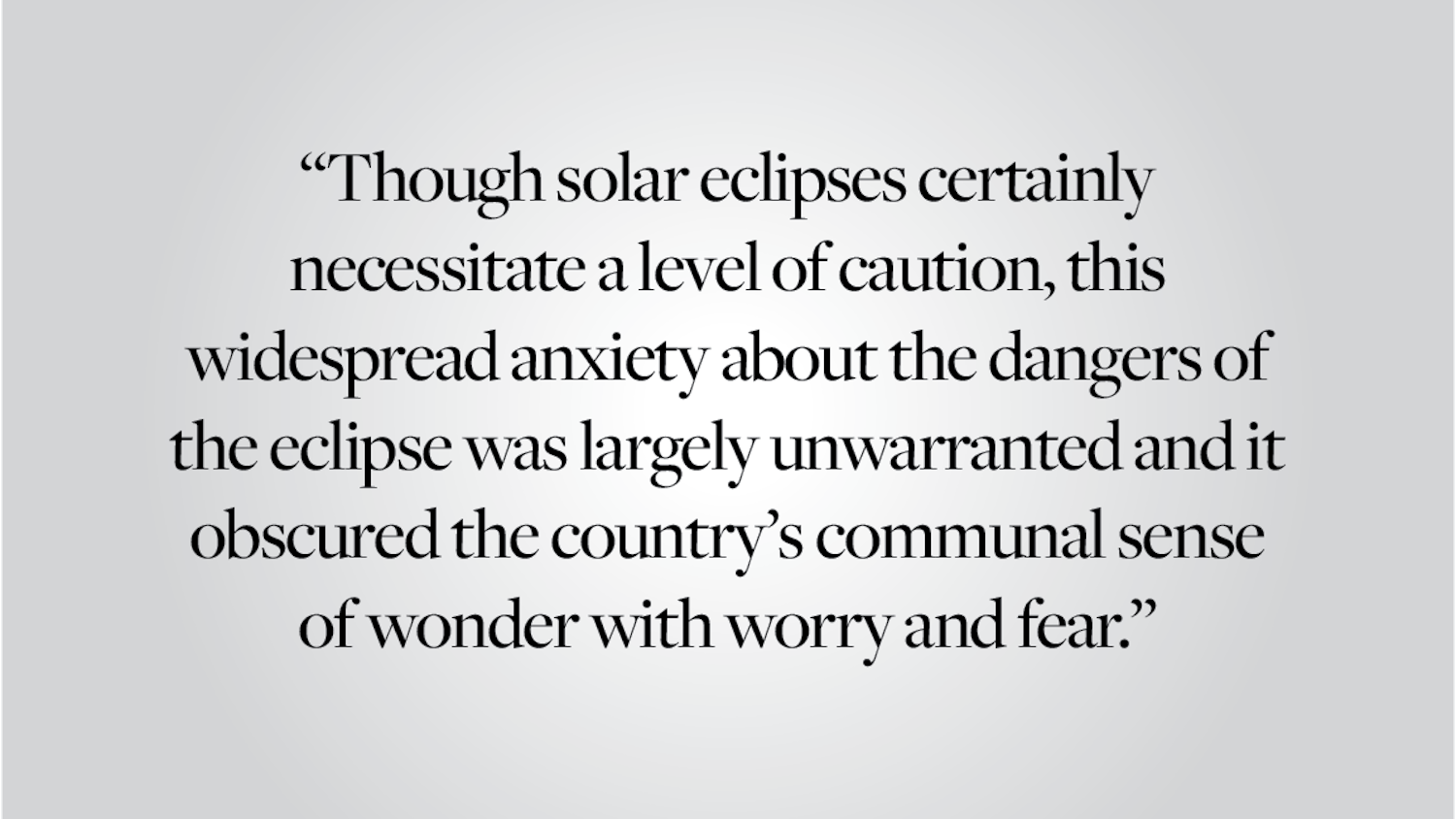If you haven’t heard of the Paleo diet by now, you probably live under a rock. Ironically, this would separate you from your Paleo-praising peers, who participate in a diet inspired by our Stone Age brethren but still read Paleo blogs on their MacBook Pros from the comfort of their solar-paneled homes.
Paleo, which is short for Paleolithic, is a diet that emphasizes consumption of lean protein, fruits, vegetables, nuts and seeds, while abstaining from grains, dairy and alcohol. The Paleolithic part refers to the alleged eating habits of our hunter-gatherer ancestors who foraged for food instead of farming it.
In short: If cavemen couldn’t eat it, neither should you.
The Paleo diet echoes many of the nutritional trends common in today’s fad diets. Lean meat is better, grains aren’t great and starches are to be avoided at all costs. But not only does the Paleo diet deliver dietary recommendations — it also comes with a hearty ego. ThePaleoDiet.com shamelessly calls it “the world’s healthiest diet.” The website of Robb Wolf, author of the book “The Paleo Solution,” refers to the Paleo diet as “the ONLY nutritional approach that works with your genetics to help you stay lean, strong and energetic!”
At a glance, Paleo sounds healthful and natural. Too bad it reeks of pretension.
Let me be clear: It is not my intention to tell people how to eat. I would be enraged if someone criticized what was on my plate, be it a kale salad or a slice of chocolate cake. My frustration instead is with the Paleo lifestyle, from its misguided science to the cult-like obsession among those who subscribe to it.
Stone Age wannabes must dismiss the idea that Paleolithic living is preferable. There’s no denying that the sugar-loaded foods on supermarket shelves today contribute to health and nutrition problems in the United States. But even though human developments like the rise of agriculture and industrial production over the past few millennia led to the development of widely shunned processed food, they also led to the establishment of civilization with rich art, science and culture — not to mention leisure time.
The hunter-gatherers of yesteryear barely had time to think about pleasure — or their nutrition, for that matter — since they were too busy hunting and gathering. Isn’t it a bit hypocritical to preach the Paleo gospel from the WordPress you made in your free time from your 9-to-5 desk job?
Ferris Jabr summed it up well in a piece on the diet for Scientific American: “Hunter-gatherers in the Paleolithic hunted and gathered because they had to. Paleo dieters attempt to eat like hunter–gatherers because they want to.”
And here’s the real kicker: Paleo might not be that good for you after all. In a U.S. News and World Report ranking of the best diets, Paleo came in at number 31 — a tie for last place. With input from nutrition experts and studies, Paleo’s position shouldn’t be dismissed as arbitrarily as college rankings. The diet’s entry in the list acknowledges the very limited scope of research that demonstrates Paleo’s potential for weight loss. The New York Times also reported that neglecting foods such as dairy or grains can lead to deficiency in calcium and vitamin D, among other nutrients.
Let’s also not forget the significant class implications that accompany the Paleo lifestyle. Like many restrictive diets, Paleo is limited in access to those that can afford to peruse Whole Foods and farmers’ markets for their weekly groceries. In addition to its uppity nature, this behavior runs the risk of creating a divide between an elite group of Paleo superiors and the rest of us snacking on Wonder Bread and canned vegetables.
There’s nothing wrong with wanting to maintain a healthful diet. But Paleo and its accompanying pomp and circumstance are not the way to do that. The Dietary Guidelines for Americans published by the Department of Agriculture and Department of Health and Human Services in 2010 officially recommend that individuals “balance calories with physical activities” while including grains and low-fat dairy food in their diets. Of course, national recommendations aren’t without their criticism — there has been controversy surrounding the American Dietary Association’s relationship with the USDA in developing guidelines — but there’s little questioning that balance is key.
If Stone Age individuals didn’t have the time in their busy hunter-gatherer schedules to develop agriculture, they certainly didn’t have the car, the supermarket, the almond flour or the modern appliances to prepare their Paleo baked goods. This bizarre pick-and-choose system is not an attempt to return to healthful, prehistoric habits — it’s a pretentious opportunity for a blog post and a pat on the back from your Paleo peers.
And by the way, my almond flour-free pie definitely tastes better than that Paleo one.
Gabriella Corvese ’15 feels bad for cavemen since they didn’t have cheese and can be reached at gabriella_corvese@brown.edu.
ADVERTISEMENT




